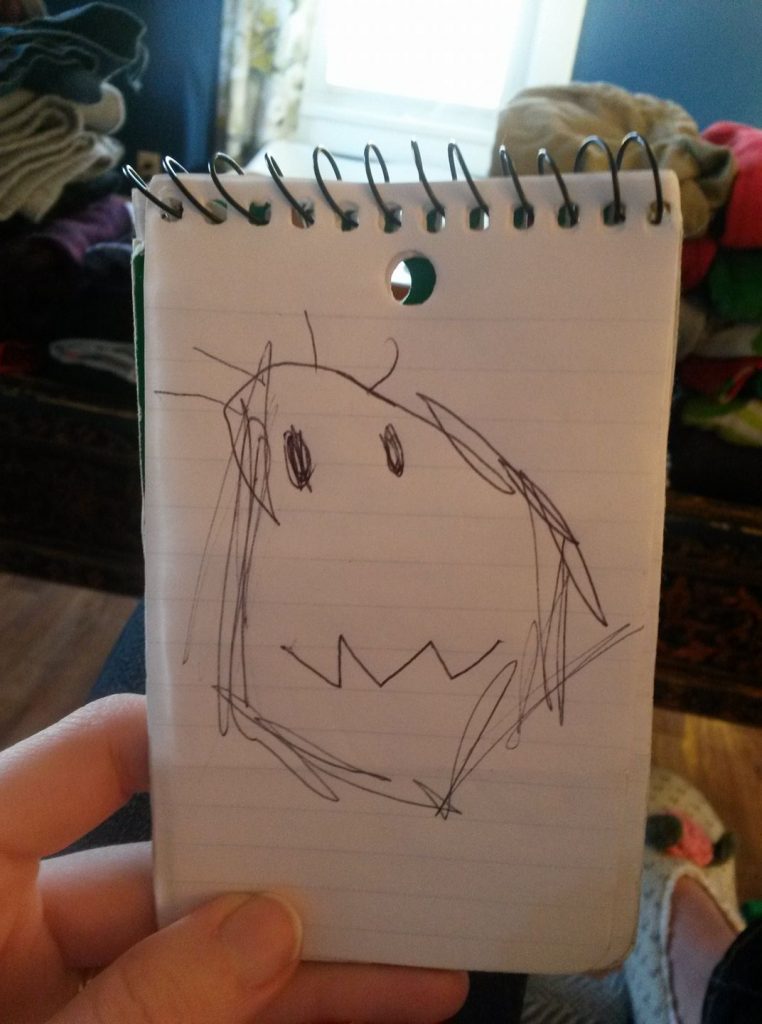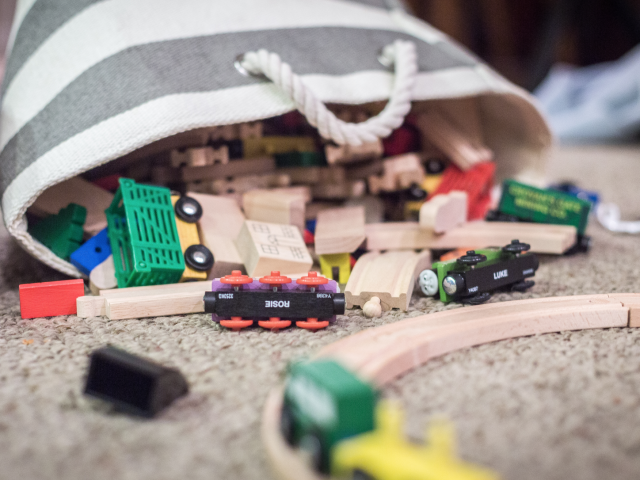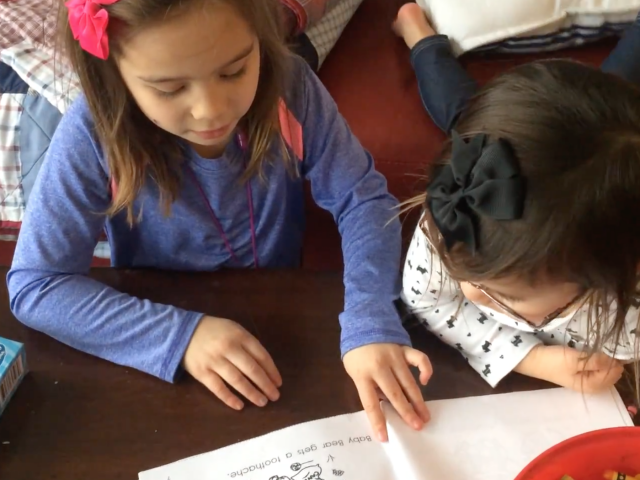I have this theory ya’ll. When we have kids of our own, our “default” mode of parenting is the way we were raised. Even if you believe you had great parents, there are probably things you could think about that you’d do differently. If you had horrible parents, you might go to the opposite extreme, which is also damaging. This book removes those biases and brings a grounded perspective.
In short, I think every parent needs to read this parenting book.
We Tell Our Kids How to Feel All The Time
You might read that and think “No I don’t!” Let me prove it to you:
Child: I’m hungry.
Parent: No you’re not, you just ate.
Child: But I’m hungry (louder)
Child: I don’t like Billy.
Parent: You love Billy! He’s your best friend!
Child: I hate him!
These are simple examples that illustrate how we as parents tell children how to feel, most of the time beneath our level of consciousness.
The problem with doing so is 1.) We’re indirectly telling our kids not to trust their own instincts and 2.) Steady denial of their feelings will eventually lead them to not confide in us anymore. And believe me, when my kids have problems I WANT them to come to me. So how do we NOT tell them how to feel?
Acceptance of Feelings Doesn’t Mean Approval
Let’s say your child expresses a negative feeling that you find is unacceptable, such as “I am so mad at (insert sibling name), I want to punch him/her in the face!”
How many of us would reply with something similar to the following:
“I don’t want to hear you say that, it’s mean!”
“Why would you say something like that?!”
These are totally normal responses we’ve all come to hear and respond with. That doesn’t mean they’re right, though. Imagine yourself as the child saying the original comment (punch sibling) and then hearing one of the normal responses from above.
Chances are you won’t likely continue to say much more and/or get in a fight with your parents since their response only added guilt to your anger. Isn’t it crazy how much it makes sense when we put ourselves in our children’s shoes and soak in what we say to them all the time?
Better Ways to Respond
The authors suggested a host of better ways to respond. We found that the bulk of parents couldn’t often remember all of them to use, so try to pick one or two to work on this week.
- Listen With Full Attention– Your body language needs to communicate you’re listening to your child. So face them, put the phone down, turn the TV off, and give them your undivided attention.
- Acknowledge Their Feelings With a Word (Oh, Hmm, I see)- Often as parents, we are quick to respond with an accusation, advice, anger, etc. If we simply acknowledge what they’re saying, they’ll often go into telling us more.
- Give Their Feelings a Name- This especially works well with youngers kid that may not have a broad vocabulary. If they express anger, you might respond with “Wow, that sounded so frustrating!” They will often respond with, “Yeah, it really was hard when…”
- Give Them Their Wishes in Fantasy- This might be the most playful of all the responses, but you know what, it really works! If a child expresses frustration, for instance, in not having the flavor he wants, you might say “I wish this whole ice cream store was full of that flavor, then you’d be able to have it right away!”
All these steps validate their feelings and in turn, you become a trusted place to talk.
Real Life Examples from Our Book Group
“My son (4.5 yrs) got upset when I told him it was time for his quiet time. I acknowledged his feeling ‘put a name to it’ as the book says. I asked him to draw how it made him feel. He drew this, gave me a hug, & went upstairs with no complaints! I was so shocked!”

“Last night my 4 yr old didn’t want to go to bed. I was kind of bracing myself for a melt-down. So this is how it went:
Liam: I don’t want to go to bed.
Me: I know, wouldn’t it be cool if we could stay up all night and watch movies?!
Liam: Yeah, I wish God would take away night so that morning-day would be all the time (something like that)
Me: I know, that would be nice.
Liam – Turns over and goes to sleep
What sort of trickery is this?! These methods are actually working and I’m so glad for this group! ![]() ????
????![]() ????”
????”
In case you missed the first post and wonder what I’m referencing, I did a book group for the book “How to Talk So Kids Will Listen and Listen So Kids Will Talk“. Each week I’ll be summarizing each chapter and providing examples from our group!
Next Up: Engaging Cooperation






Great post. I am facing a couple of these difficulties.
Thanks for reading! Follow along as I”ll be posting Chapter 3 shortly.
Saved as a favorite, I actually enjoy your blog!
Thanks you and thank you for reading!
Great info. Blessed me I reach on your site by accident, I
bookmarked it.